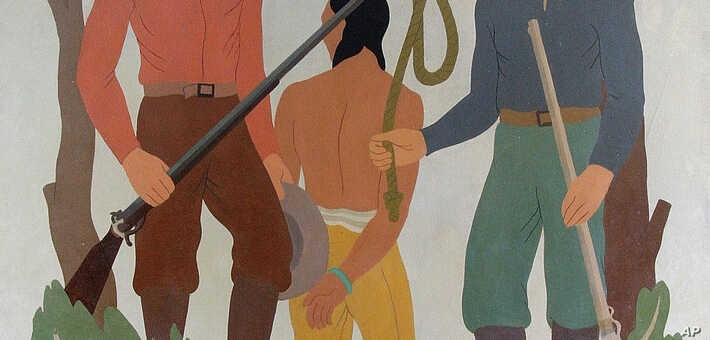By Cecily Hilleary | April 25, 2018
Editor's note: This story contains images some readers may find disturbing.
In 2018, the National Memorial for Peace and Justice in Montgomery, Alabama, opened to the public, paying tribute to thousands of African Americans who were lynched by white mobs from the close of the 19th century Civil War through the 1960s. While lynching is most commonly associated with blacks in the southern United States, little attention has been paid to the lynching of other minorities, among them, Native Americans.
In his 2011 book, the Roots of Rough Justice: Origins of American Lynching, Michael J. Pfeifer, history professor at the City University of New York’s (CUNY) John Jay College of Criminal Justice, describes lynching as “informal group murder.”
“The definition that I and many scholars have used stipulates that there has to be an illegally-obtained death perpetrated by a mob -- three or more persons -- and that the collected killing must be in service to justice, race or tradition,” he said.
GRIM READ: Remembering Native American Lynching Victims













No comments:
Post a Comment
tell us your thoughts!